Due to its geographical location and its intertropical characteristics, Costa Rica is one of the countries that harbors the greatest biodiversity, accounting for 6% of the total worldwide. The anthropic impacts endured by the jungles and waters of the Costa Rican Caribbean Sea have endangered the survival of numerous species of animals in Costa Rica. If you are curious to know what animals live in Costa Rica, consult this article, where you will be able to know the description of some of the most emblematic species of the country:
Coati
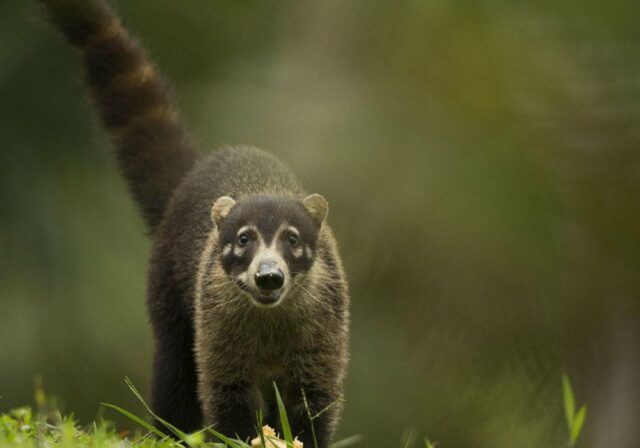
The coati (Nasua nasua), is a mammal widely distributed in South America, which lives mainly in coastal areas, in humid areas, tropical jungles, and cloud forests. Its name is related to its physical appearance, since coatí in Guaraní means elongated nose, a feature that characterizes this animal. Their diet is omnivorous and they are very social animals, which tend to live in a community, unlike raccoons (Procyon lotor) with whom, despite not having any kinship, they apparently have certain similarities.
Scarlet macaw
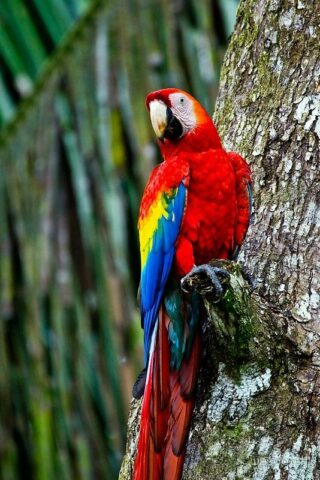
The scarlet macaw (Ara macao) can be found from southern Mexico to Peru and Bolivia, including the Republic of Costa Rica. This bird, which is part of the parrot family (Psittacidae), is unmistakable for its long, pointed tail feathers and its striking colors (mainly red and bluish). Its diet is based on obtaining fleshy fruits and seeds, which characterizes its robust and small beak. It nests in tall trees and is distributed in mangroves, dry, humid and very humid forests.
Velvet snake
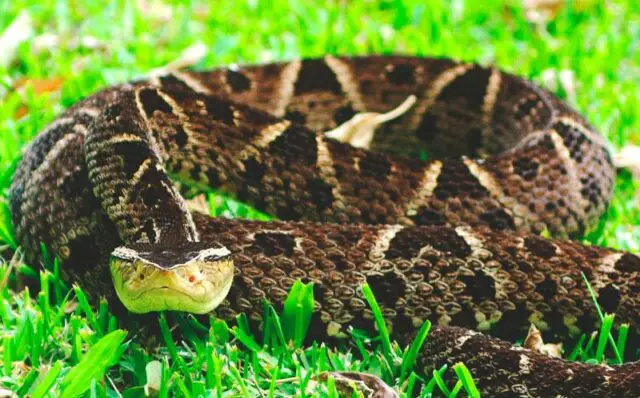
The velvet or yellow beard snake (Bothrops asper) present in Central and South America, is one of the most dangerous animals in Costa Rica. This terrestrial and nocturnal reptile occupies a great variety of habitats (tropical rainforests, evergreen tropical forests, savannas, close to bodies of water), it reproduces at any time of the year and feeds on small mammals and reptiles, in the case of the adult specimens, and insects, during the juvenile phase.
Costa Rican crocodile
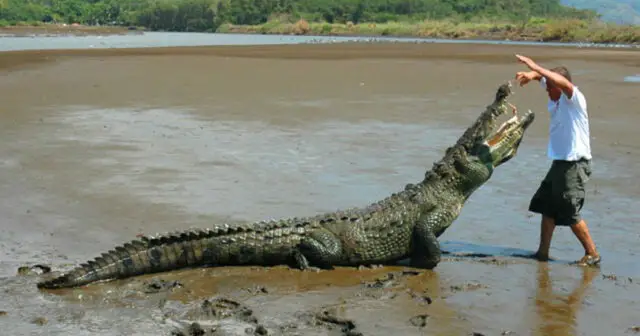
The American or Costa Rican crocodile (Crocodylus acutus) present in terrestrial, freshwater or marine ecosystems, has a great variety of habitats, among which the coastal areas, lagoons, mangroves, rivers and lakes stand out.
This nocturnal super predator feeds on fish, amphibians, turtles, waterfowl, and mammals. Its current conservation status is vulnerable (VU) by the IUCN, with man being its main threat (illegal hunting).
Olive ridley tortoise
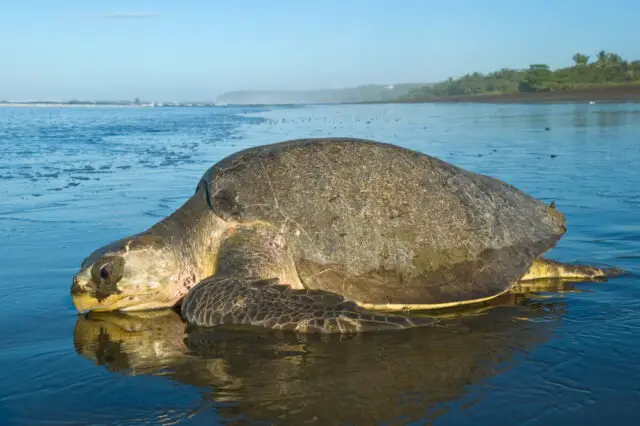
The olive ridley or olive sea turtle (Lepidochelys olivacea) is one of the 5 species of sea turtles that move to the waters of Costa Rica to nest (alone or in “arrivals”) and spawn. It feeds on fish, mollusks and crustaceans.
It is one of the smallest and most abundant sea turtle species in the world, currently threatened (vulnerable conservation status by the IUCN) by urbanization, intentional and accidental hunting of specimens, pollution and extreme temperatures that are reached in the aquatic environment as a consequence of climate change.
Sea cows
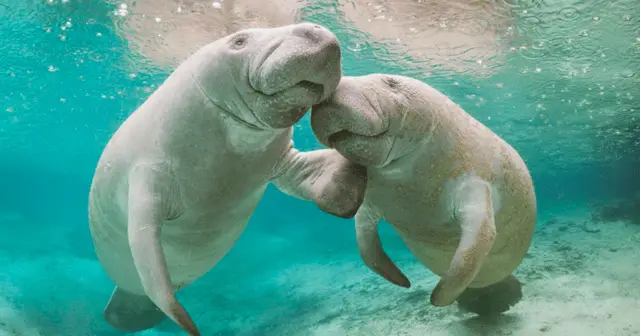
This marine animal is a national symbol of the fauna of Costa Rica. The manatee (Trichechus manatus), also known as “sea cows”, capable of living in fresh and salty waters, is a mammal that can measure 4 meters and weigh 1 ton.
In Costa Rica it is possible to find it in the Tortuguero National Park and in the Gandoca-Manzanillo National Wildlife Refuge. Threatened by the scarcity of aquatic plants that serve as food, by their capture for the commercialization of meat and skins and by the pollution of the marine environment, this is one of the national animals of Costa Rica protected since 1953.
